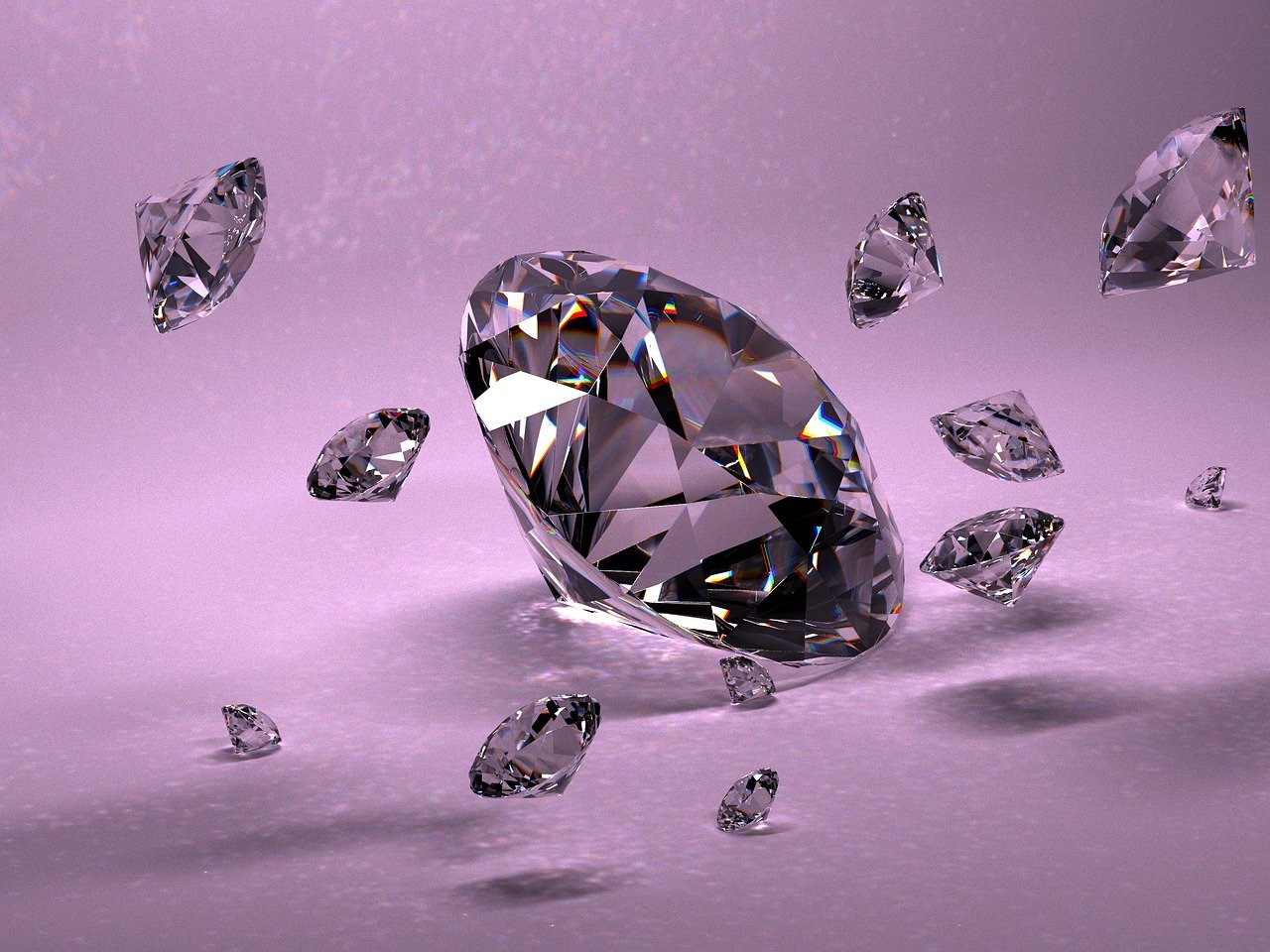The jewelry industry stands at a crossroads. For centuries, the allure of diamonds has been inextricably linked to their origin story—precious stones formed deep within the Earth over billions of years, then extracted through intensive mining operations. But today’s consumers are writing a different narrative, one where beauty meets responsibility, and luxury doesn’t come at the expense of environmental destruction or ethical concerns.
Enter the era of lab-grown diamonds, where cutting-edge technology is revolutionizing how we think about fine jewelry. These aren’t diamond “alternatives” or synthetic substitutes—they’re real diamonds, with identical physical, chemical, and optical properties to their mined counterparts. The difference? They’re created in controlled laboratory environments using advanced scientific processes that replicate the natural diamond formation process in a matter of weeks, not millennia.
The Technology Behind Tomorrow’s Diamonds
Two primary methods dominate the lab-grown diamond industry: Chemical Vapor Deposition (CVD) and High Pressure High Temperature (HPHT). Both processes create diamonds that are virtually indistinguishable from mined stones, but with remarkable consistency in quality and characteristics.
CVD technology grows diamonds by introducing carbon-rich gases into a vacuum chamber, where they crystallize onto a diamond seed substrate. This method offers exceptional control over the diamond’s properties, allowing producers to create stones with specific characteristics for different applications. HPHT, meanwhile, replicates the extreme conditions found deep in the Earth’s mantle, using specialized equipment to subject carbon to immense pressure and heat.
The result? High-quality lab diamonds that often surpass their natural counterparts in clarity and color consistency. Unlike traditional mining, where the quality of extracted diamonds varies wildly based on geological conditions, laboratory production enables precise control over every aspect of the diamond’s formation.
Environmental Impact: A Clear Choice
The environmental case for lab-grown diamonds is compelling. Traditional diamond mining requires moving approximately 250 tons of earth to extract a single carat of rough diamond. This process destroys ecosystems, contaminates water sources, and leaves behind massive environmental scars that can take decades to heal.
In contrast, laboratory diamond production uses significantly less water—roughly 18 gallons per carat compared to 126 gallons for mined diamonds. The carbon footprint is dramatically smaller too, especially when labs utilize renewable energy sources. Some facilities have achieved carbon-neutral production, a feat impossible with traditional mining operations.
Beyond the numbers, there’s the human element. Lab-grown diamonds eliminate concerns about conflict diamonds and exploitative labor practices that have plagued the mining industry for generations. This transparency appeals to millennials and Gen Z consumers, who increasingly prioritize ethical consumption and corporate responsibility.
The Modern Consumer’s Ethical Evolution
Today’s jewelry buyers are more informed and conscientious than ever before. They research supply chains, demand transparency, and align their purchases with their values. This shift has created a booming market for jewelry without mining, where consumers can enjoy luxury without compromising their principles.
The numbers tell the story: lab-grown diamond sales have grown by over 20% annually for the past five years, with younger consumers driving much of this demand. They’re drawn not just by the ethical advantages, but by the value proposition—lab diamonds typically cost 30-50% less than comparable mined stones while offering superior or equal quality.
Labrilliante: Leading the Ethical Diamond Revolution
Companies like Labrilliante are pioneering this transformation, operating as both B2B suppliers to jewelry manufacturers and direct-to-consumer brands. Their approach exemplifies the industry’s evolution toward transparency and quality assurance.
As a B2B partner, Labrilliante provides jewelry designers and manufacturers with consistent, high-grade lab diamonds that enable predictable production schedules and quality outcomes. Their direct-to-consumer operation, meanwhile, educates buyers about the benefits of lab-grown diamonds while offering customization options that traditional retailers struggle to match.
What sets companies like Labrilliante apart is their commitment to full supply chain transparency. Customers can trace their diamond’s journey from laboratory creation to final setting, eliminating the opacity that has long characterized the traditional diamond trade.
The Future Sparkles Bright
Industry analysts predict that lab-grown diamonds will capture 20-30% of the global diamond market by 2030. This growth trajectory reflects broader consumer trends toward sustainability, ethical sourcing, and value-conscious luxury purchases.
Technology continues advancing too. New production methods promise even greater efficiency and quality control, while innovations in cutting and setting techniques maximize the brilliance of lab-grown stones. Some producers are experimenting with colored diamonds that would be extremely rare in nature, opening new design possibilities for creative jewelers.
The traditional diamond industry is taking notice, with several major mining companies investing in lab-grown production facilities. This convergence suggests not a battle between old and new, but an evolution toward a more diverse, sustainable, and ethical diamond market.
Making the Conscious Choice
For consumers considering lab-grown diamonds, the decision ultimately comes down to values and priorities. Those seeking maximum size and brilliance for their budget will find lab diamonds attractive. Environmentally conscious buyers appreciate the reduced ecological impact. Ethically minded consumers value the transparent supply chains and conflict-free sourcing.
The technology speaks for itself: lab-grown diamonds offer identical beauty, durability, and chemical composition to mined stones, often with superior consistency and clarity. As production methods continue improving and costs decrease, the value proposition becomes even more compelling.
The future of fine jewelry isn’t about choosing between natural and artificial—it’s about choosing between destructive and regenerative, opaque and transparent, exploitative and ethical. In this context, high-quality lab diamonds aren’t just shaping the future of ethical jewelry; they’re defining it.
YOU MAY ALSO LIKE: Beyond Fashion: Understanding the Art and Craftsmanship of Custom Chains











